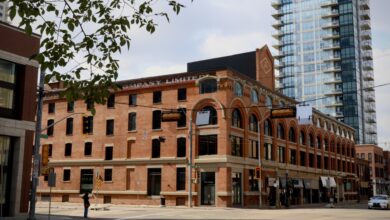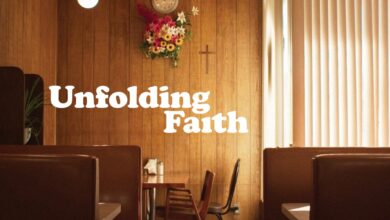Volunteering and preserving history: A conversation with Jack Francis
95-year-old Jack Francis has been taking care of the ALES Agricultural Museum for decades, and he shares the stories he has heard over the years.
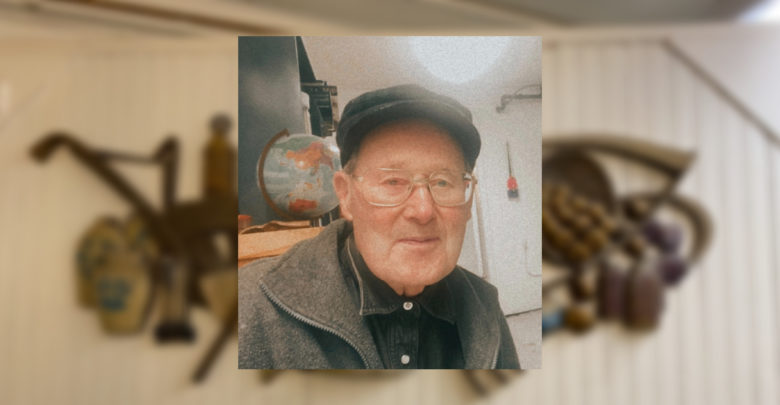 Gurleen Kaur
Gurleen KaurIf we were asked, “what will you be doing when you are 95?” What would you say?
I’m certain that less than one percent of people would answer “volunteering,” if any. That is why there is no doubt that Jack Francis is an extraordinary volunteer.
Ninety-five-year-old Francis takes care of the University of Alberta ALES Agricultural Museum. He was reading Evergreen and Gold — the first yearbook published at the U of A, and special magazine editions of The Gateway — when I went to meet him. Despite his age and hearing impairment, he showed unbelievable energy while narrating the stories behind the artifacts at the museum.
The ALES Agricultural Museum is a pristine dairy barn on the U of A South Campus that’s been around since 1930. It became a museum in 2000 and now is home to more than 600 collectible antique items.
Francis said that he always had a passion for collecting equipment and artifacts.
“It was very interesting to be able to start the ALES museum 21 years ago [because] that meant that I could get into some of these barns and find old equipment that had been used in experimental work,” Francis said. “And I have enjoyed it. It gets me something to do in my spare time.”
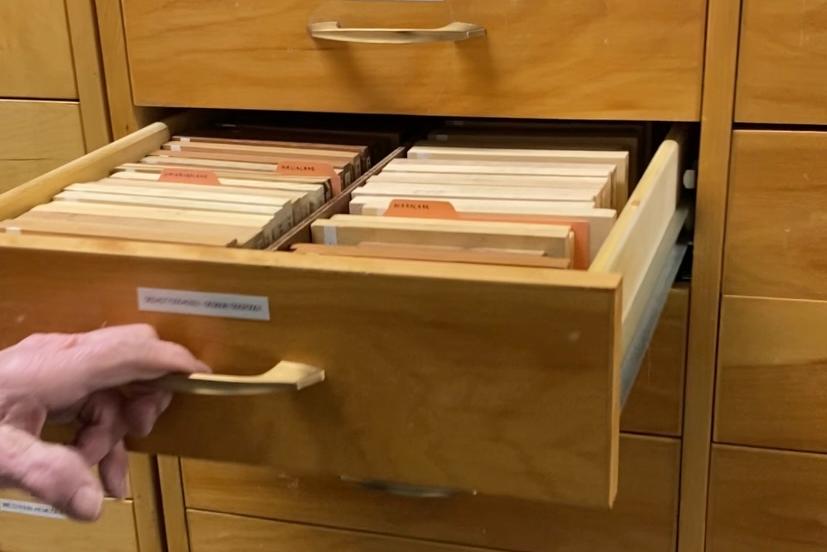
The artifacts in the exhibits either belong to departments of animal science at the U of A, or were donated by other individuals from different parts of the country. Many of them were damaged and repaired with volunteer help. Francis calls it a “blessing” to have help from people who enjoyed working at the museum.
He shares a memory of how a visitor came to the museum, and ended up restoring one of its pieces.
“There [was] this individual who saw the sewing machine and said he wanted to work on it,” he said. “[It] was there in boxes and pieces [for] five years and within a couple of months he turned it into a polished up and complete model.”
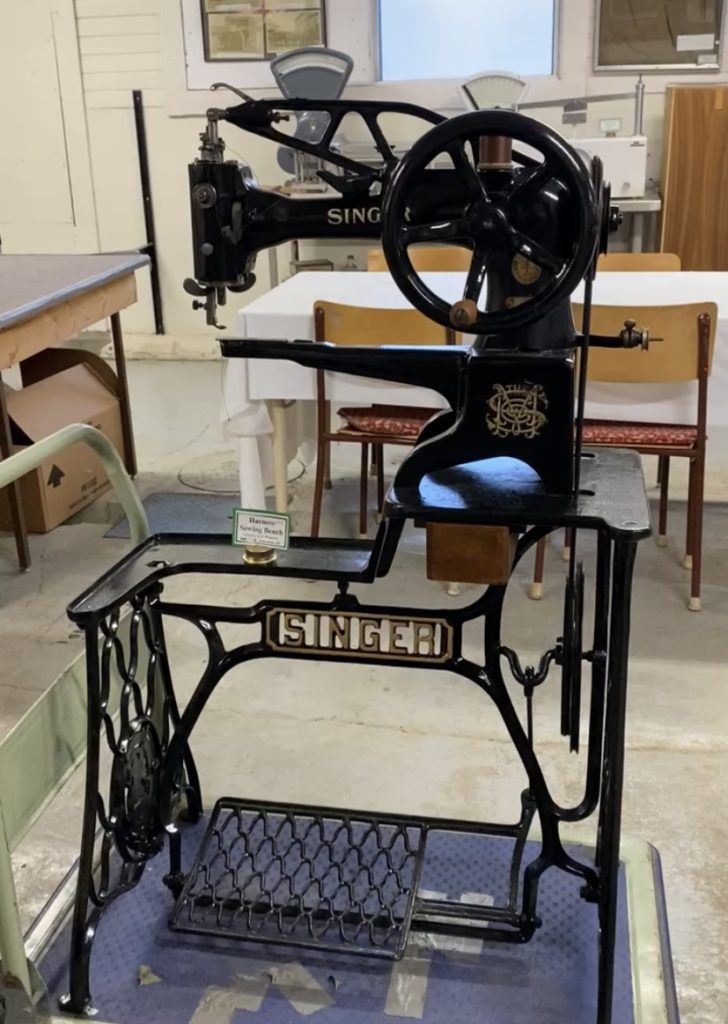
Francis also tells interesting stories of the visitors. He shares a story of a nurse who served at the university hospital.
“She worked at the hospital for her whole life and had a collection of artifacts mostly related to the hospital,” Francis said. “When she saw this buggy that was donated by someone from Ontario to the museum, she said, ‘I must have this one, this just looks like my grandfather’s buggy and I used to sit at the bottom here.’”
Francis had many great experiences while working in the beef barn for eight years and then in the sheep barn. He remembers that they did some interesting experiments with sheep, such as finding out the age and size of sheep when they became adults. The many processes that they followed for experiments were described vividly and in great detail. He also enjoyed working at the sheep barn with a professor who was a visitor from India. Francis worked at a sheep barn for 10 years where he got a chance to be a part of performing many different experiments. After, he worked at an environmental lab and then in the dairy barn which became the museum from his 70s onwards.
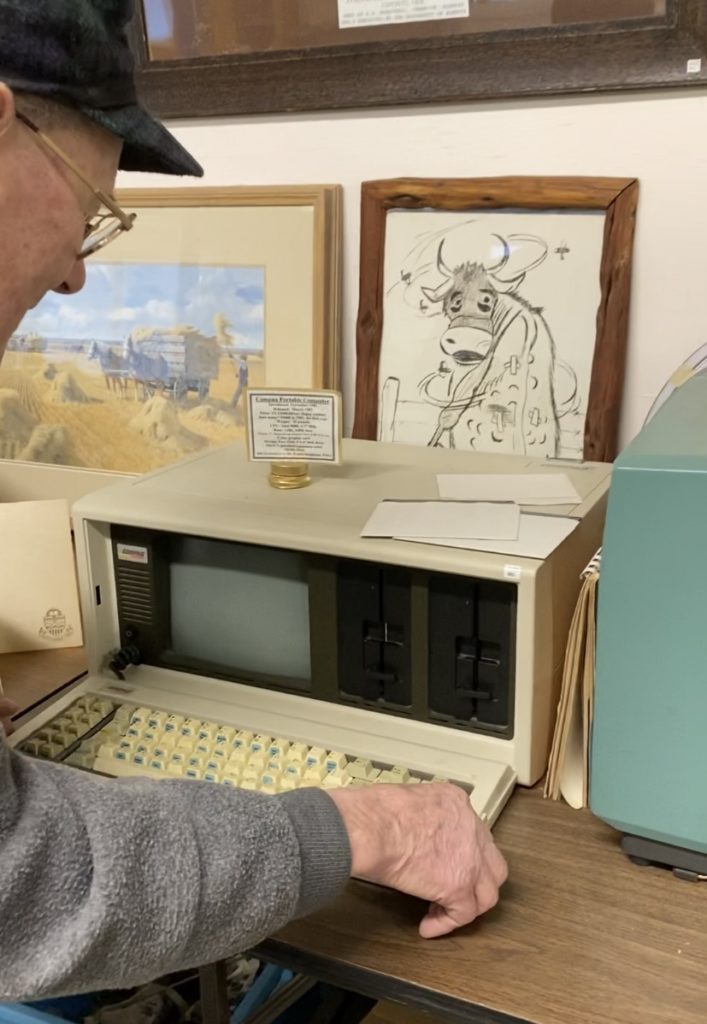
Articles throughout the museum illustrate the history of the area. There is a demonstration of fibres from different animals which the Canadian Wool Growers Association displayed at the Sheep Show in 1996. Francis volunteered in the Northlands so he was able to gather these livestock artifacts. There are also pictures of some of the first beef cattle donated to the university in the 1990s. They were used for classroom work and studies and also entered into national shows. This was the start of beef cattle in the animal science department.
Francis showed me a portable computer which belonged to Frank Robinson, a colleague who recently retired from their department. Robinson used the computer when he was completing his PhD.
Francis thinks it is really important to visit such museums.
“Some people are not familiar with lots of artifacts here,” he says. “A lot of young people and old people and even some newly retired people [aren’t familiar]. People don’t know what happened in the agriculture industry and a very small percentage know how [hard] their ancestors worked … as until the 1960s there were no electronics.”
“It’s great for children to see these articles as the museum is all that is left over [of an older time], and there are some fascinating things for them like typewriters and they can actually see the [things] which they used to hear about.”

